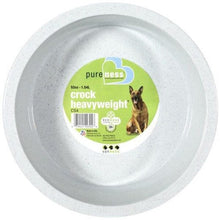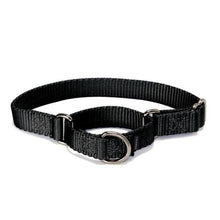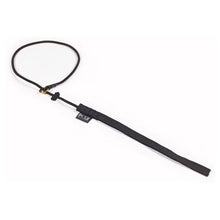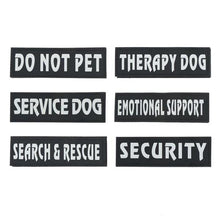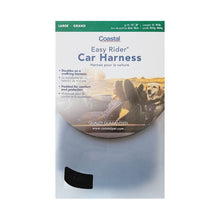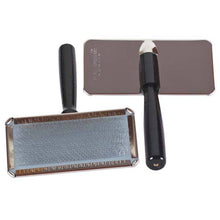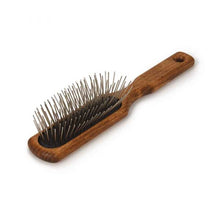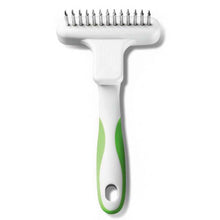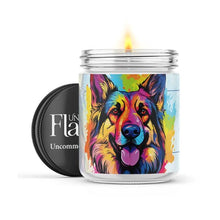How To Protect Your Dog From Parvo
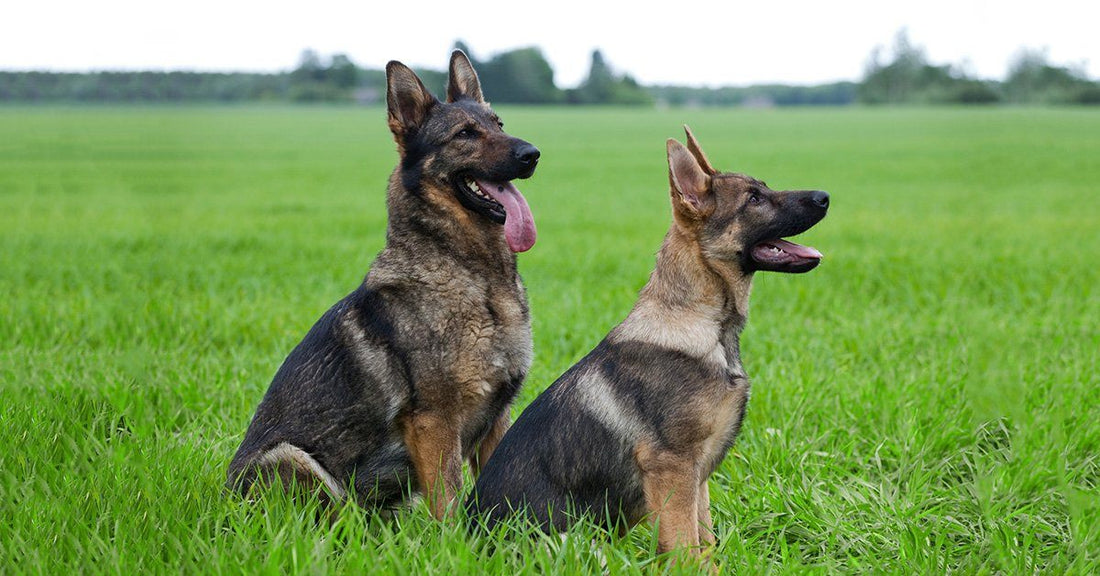
There are a few diseases that strike dogs suddenly and violently and parvo is one of them. While most dog owners carefully vaccinate and protect their dogs, it seems parvovirus is on the rise and that all too often, we hear of another beloved dog becoming ill or even dying of the disease.
How Do Dogs Get Parvo?
Dogs catch parvo by coming in contact with an infected dog, infected feces or infected surfaces, and parvo can live in the environment for months. According to the ASPCA, “parvovirus is extremely contagious and can be transmitted by any person, animal or object that comes in contact with an infected dog’s feces. Highly resistant, the virus can live in the environment for months, and may survive on inanimate objects such as food bowls, shoes, clothes, carpet and floors. It is common for an unvaccinated dog to contract parvo-virus from the streets, especially in urban areas where there are many dogs.” Since parvo can live in the environment for long periods of time, it is important to be informed about outbreaks of the virus in the areas where you live, work, and play. Areas that dogs typically catch parvovirus include veterinary clinics, groomers, training classes, parks, schools, shopping malls, residential neighborhoods, humane societies, rescues and dog shows. But parvo can live on any surface, nearly anywhere.
Parvo Symptoms
Parvovirus is known for its ability to cause bloody, foul smelling diarrhea, lethargy, severe vomiting, loss of appetite, which can lead to life-threatening dehydration, and can cause lifelong heart damage.
Which Dogs Are At Risk?
Puppies are most susceptible to contracting parvo, but dogs of any age can catch it. Unvaccinated dogs are more prone to contracting parvo. The breeds with the highest risk are German shepherds, Rottweilers, Doberman pinchers, Labrador retrievers, and American Staffordshire terriers. Wolves, coyotes and foxes are also susceptible.
Prevention
The best way to protect your dog is through vaccinations. Puppies should be vaccinated at 6 – 8 weeks, receive boosters at four-week intervals until the puppy is 16-20 weeks of age, and then again at 1 year. The puppy series is not complete before 4 months. Full protection is not achieved until 10 – 14 days after the last booster, puppies exposed to parvo during that time don’t have immunity and may become sick and die. A titer test to determine immunity can be performed by a vet. The best way to protect puppies from contracting parvo is to avoid areas that may be contaminated until full immunity. Some helpful tips, carry your puppy into the vet to keep paws off the ground outside the vet’s office, remove your shoes if you’ve been to a park or animal shelter or any other place likely to be infected before entering your home, use extreme caution with the people and dogs your puppy comes in contact with, and stay away from boarding and grooming facilities.
Treatment
Dogs infected with parvovirus need immediate medical care. If you suspect your dog has parvo, don’t wait to receive lifesaving supportive care. According to stats from The Merck Veterinary Manual, 8th ed., the death rate in puppies from 6 – 20 weeks is up to 35%.
How to Kill Parvo
If you suspect your environment has been infected with the parvovirus, you will need to disinfect all areas with a solution of 1-part bleach to 30 parts water. Let the solution sit on surfaces for 10 minutes. You may use on any non-material surface, including the soles of your shoes, dog dishes, toys, etc. Areas that are harder to clean, such as grass, wood, carpet, etc. will need to be sprayed with a disinfectant and even resurfaced or replaced. Potassium peroxide (brand names Trifectant or Virkon) also kill parvovirus. Never use these disinfectants on your dog.





